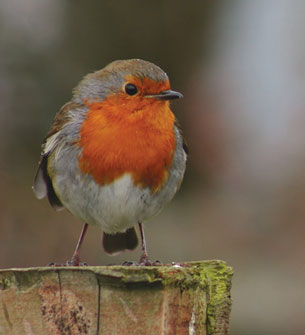Module 3 Intro
1. Module 3 Intro
1.12. Page 3
Module 3—Ecosystems and Their Diversity
 Read
Read
binomial nomenclature: a system in which a two-word name (genus and species) is used to identify an organism
Reread the section about binomial nomenclature on page 88 of your textbook.
The binomial nomenclature system gives every species a specific two-part scientific name.
 Self-Check
Self-Check
SC 3. Scientific names are in Latin. Why?
 Self-Check Answer
Self-Check Answer
SC 3. Latin is used for scientific names because it is not generally spoken by people in any country and is considered a "dead language" (not evolving), so the meanings of words will remain constant.
When forming an organism’s scientific name, remember that the genus is the first word (capitalized first letter) and the species name is the second word (lowercase first letter) of the two-part name (e.g., Homo sapiens).
scientific name: the genus and species name used together to identify an organism
In the following table you will notice that humans and the American robin are in the same domain, kingdom, and phylum but are in different classes. The scientific name for each is listed. You will noticed that it is made up of two names and written in italics—Genus species.
Two organisms are more closely related if they have more similarities in their classification.

© Yuri Arcurs/shutterstock

© Mark Simms/shutterstock
Human and Robin Classification |
||
|
Human |
American Robin |
Domain |
Eukarya |
Eukarya |
Kingdom |
Animalia |
Animalia |
Phylum |
Chordata |
Chordata |
Class |
Mammalia |
Aves |
Order |
Primates |
Passeriformes |
Family |
Hominidae |
Turdidae |
Genus |
Homo |
Turdus |
Species |
sapiens |
migratorius |
Scientific Name |
Homo sapiens |
Turdus migratorius |
 Watch and Listen
Watch and Listen
The animation that follows shows several species, their common names, and their scientific names. Note how the scientific name of an organism can describe its characteristics or where it lives.
Make a list of the characteristics that a robin and a human share for each classification level. List the characteristics they don’t share for the classification level at which they begin to be different. Place this list in your course folder for future reference.
Species Animation